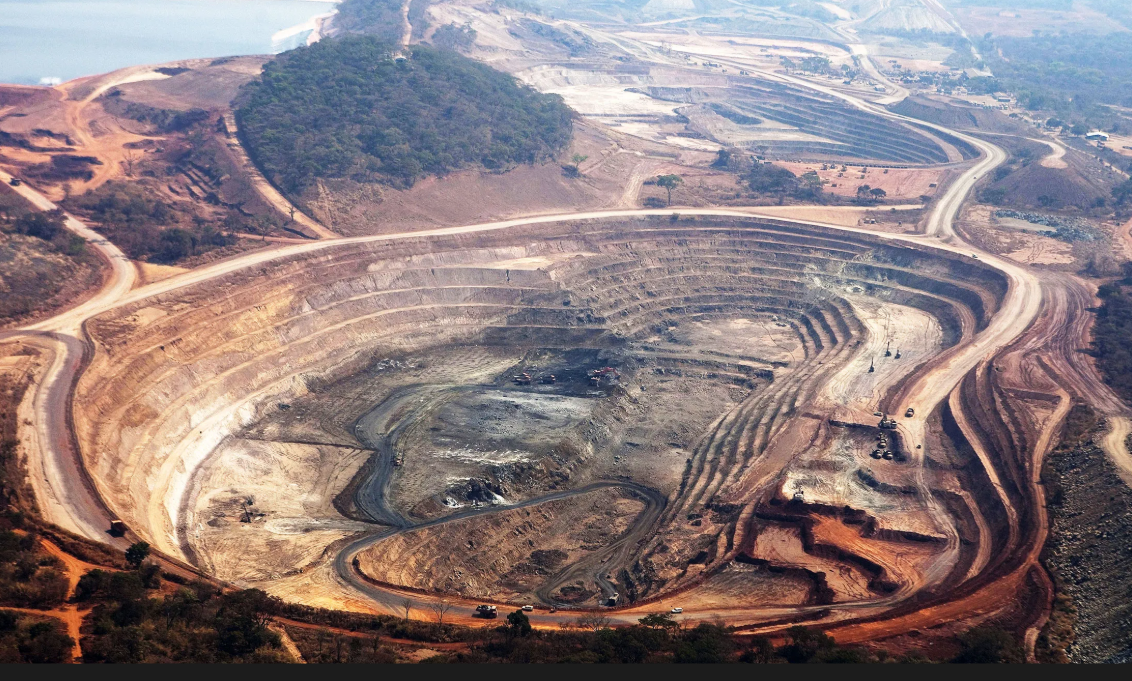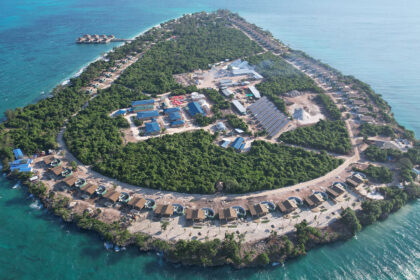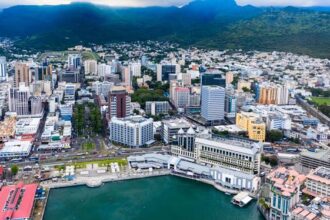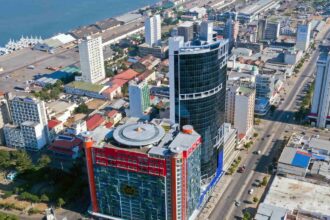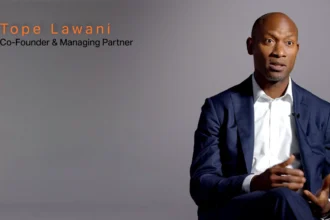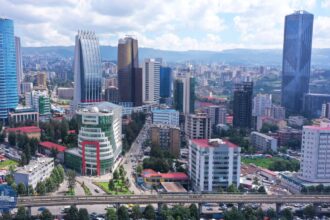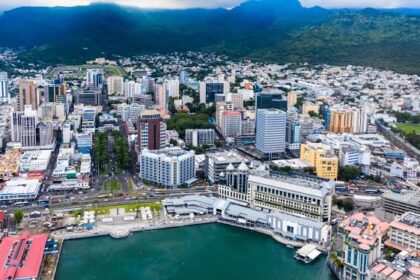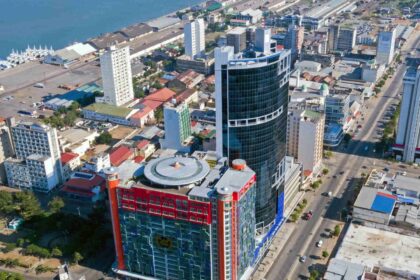At a Glance
- Sibanye-Stillwater’s restructuring cuts over 4,000 jobs, driven by declining metal prices and underperforming South African operations.
- ArcelorMittal South Africa will shutter plants, cutting 3,500 jobs, as import pressure and declining demand persist.
- BHP, Vale, and Glencore pivot to copper and nickel, targeting green energy markets to offset iron ore and coal declines.
The global mining industry, a backbone of industrial development and economic growth, is experiencing a seismic shift.
Declining commodity prices, intensifying regulatory pressures, and surging operational costs have created an era of unprecedented challenges.
As the industry adapts to this complex environment, even the most prominent players are not immune.
Among these giants, five mining companies stand out for their scale and the weight of the challenges they face: Anglo-American, BHP, Rio Tinto, Glencore, and Vale.
The challenges faced by Sibanye Stillwater, ArcelorMittal South Africa, Anglo American, BHP, Rio Tinto, Glencore, and Vale underscore the turbulent landscape of the global mining industry.
From declining commodity prices to the urgent need for sustainability, these giants are navigating a period of profound change.
While the path forward is fraught with obstacles, the industry’s embrace of innovation, diversification, and sustainability offers hope for a resilient future.
As these companies adapt to evolving demands, their actions will shape not only their destinies but also the trajectory of the mining sector and its critical role in global development.
Let’s explore the specific hurdles confronting these mining giants, from market volatility to sustainability imperatives, and how their strategies are reshaping the global mining landscape.
By understanding their struggles and responses, we gain insight into the broader challenges affecting the mining sector and the potential pathways forward.
Declining metal prices Sibanye-Stillwater, a multinational mining group, has faced significant financial challenges due to a steep decline in metal prices.
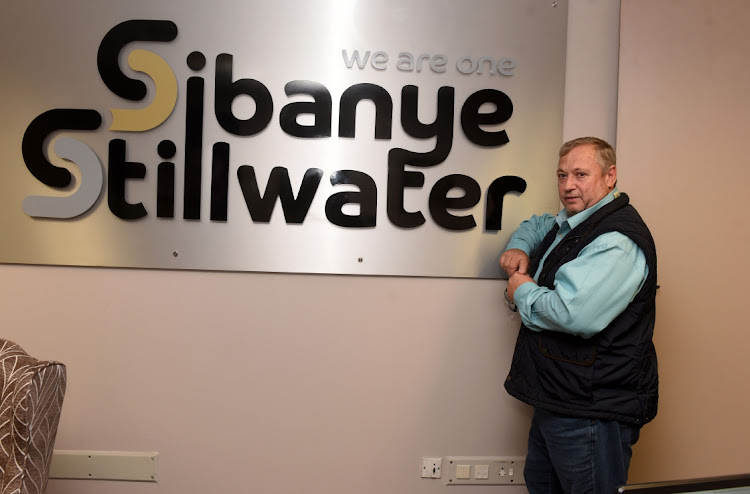
In 2023, the company reported a $2 billion loss, driven largely by reduced demand for precious metals like gold and platinum.
The price slump has placed immense pressure on its South African operations, particularly at the underperforming Beatrix 1 shaft and other facilities struggling to meet production targets.
Restructuring plans and job cuts
In response to ongoing financial strain, Sibanye-Stillwater has implemented a controversial restructuring plan, which includes cutting 4,022 jobs across its South African gold operations. These measures follow earlier layoffs of 2,600 employees in its platinum group metals division. While the company aims to address operational inefficiencies and ensure long-term sustainability, the restructuring has sparked fierce opposition from labor unions, intensifying tensions within the sector.
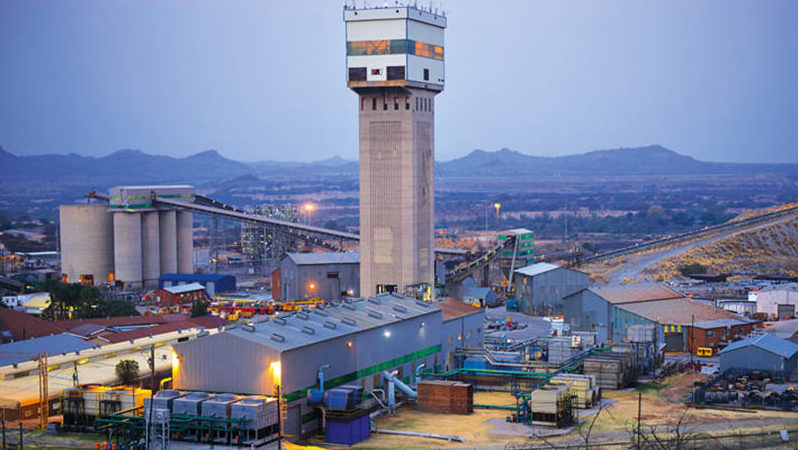
Strategic leadership amidst challenges: Under the leadership of CEO Neal Froneman, Sibanye-Stillwater continues to adapt to volatile market conditions. Froneman emphasizes the need for restructuring to stabilize the company’s balance sheet and navigate a challenging economic landscape.
Despite current setbacks, Sibanye-Stillwater remains a key player in the global mining industry, with a strong focus on platinum, palladium, and gold production.
Broader mining sector concerns: Sibanye-Stillwater’s struggles mirror broader challenges faced by South Africa’s mining sector, including rising costs, labor disputes, and market uncertainties. The company’s $2.6 billion in impairments across its international operations highlight the interconnected risks within the global mining industry. Addressing these challenges will be critical for the sustainability of both Sibanye-Stillwater and the sector as a whole.
- ArcelorMittal South Africa
Rising import pressure: ArcelorMittal South Africa, a major player in the steel industry, faces mounting challenges due to surging low-cost steel imports, particularly from China.
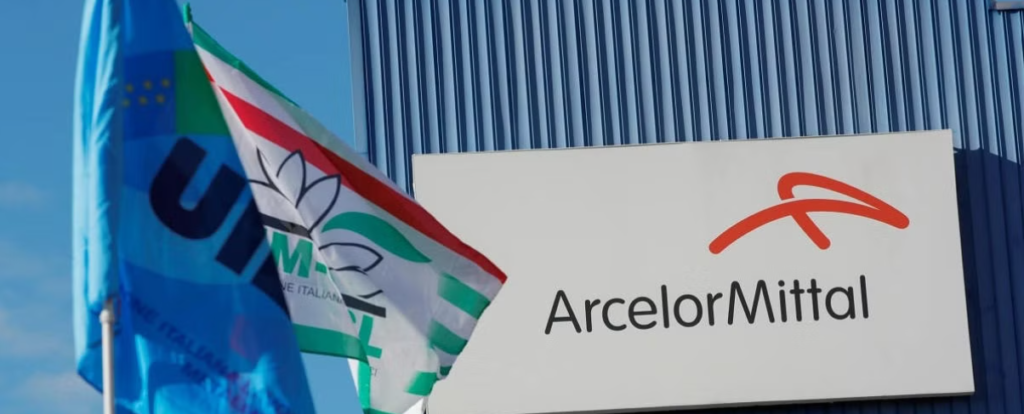
Imports have increased nearly 50 percent since 2018, undercutting domestic production and driving the company to restructure.
This intensifying competition underscores the vulnerability of South Africa’s steel industry in the global market.
Restructuring and job losses: To address unsustainable operations, ArcelorMittal announced plans to wind down its longs steel division, affecting 3,500 jobs.
Operations at the Newcastle and Vereeniging plants will cease by January 2025, marking a significant shift for the company.
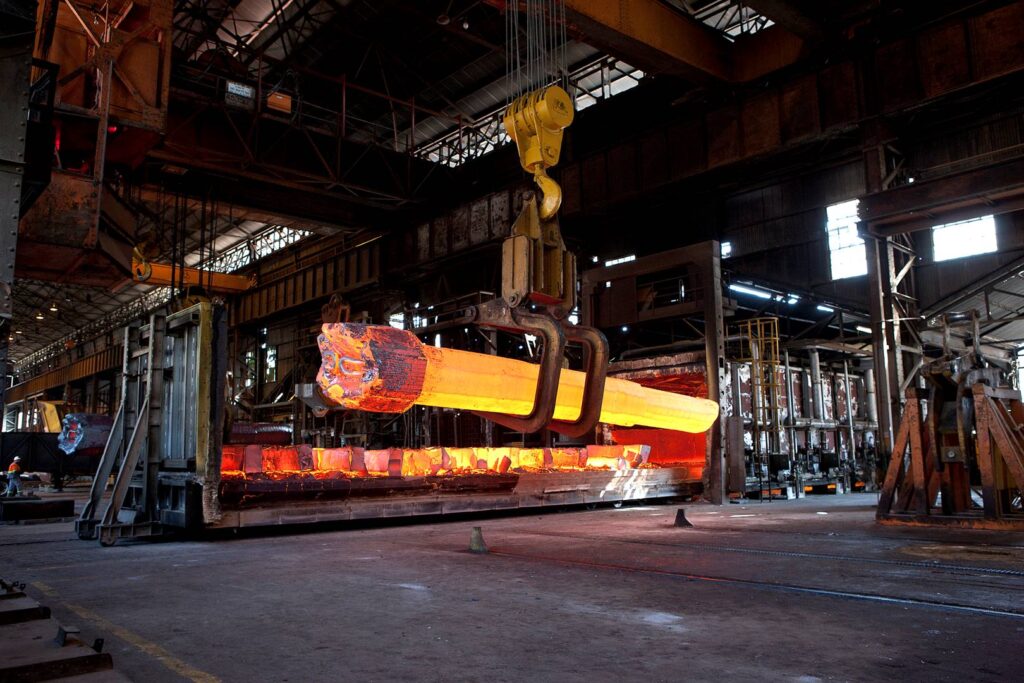
Despite consultations and government engagement, no viable solution has emerged to sustain operations, forcing a difficult yet necessary decision.
Global steel industry trends: The company’s struggles mirror a broader global downturn in the steel industry, marked by declining demand and rising costs. The World Steel Association reported a 1.4 percent decline in global production in 2024, with South Africa’s output down 2.3 percent. ArcelorMittal South Africa’s wind-down highlights the urgent need for policy interventions to protect domestic industries and prevent further economic decline.
Declining Diamond sales: Anglo-American, a global leader in diamond mining through its De Beers unit, has faced a significant decline in diamond sales.
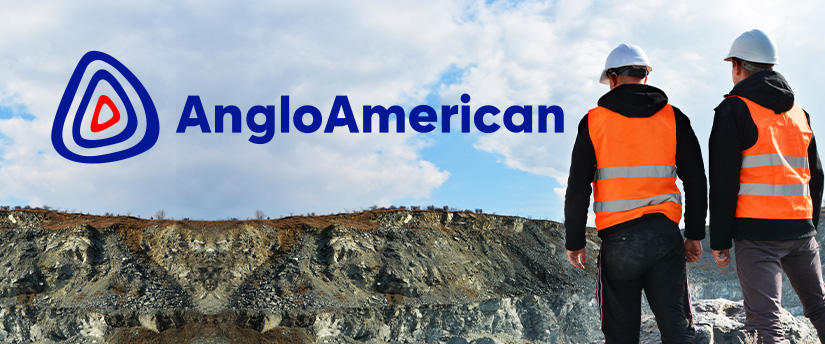
Reduced consumer demand, exacerbated by the COVID-19 pandemic, and increased competition from synthetic diamonds have eroded its market share. In 2020, diamond sales dropped by 20 percent, marking a stark warning for the sector.
Despite its long-standing dominance, Anglo-American is finding it challenging to sustain its position amid changing consumer preferences and economic uncertainties.
Restructuring efforts: In response to these pressures, Anglo-Americans have initiated extensive restructuring efforts. These include cost-cutting measures, divestments, and a focus on improving operational efficiency.
The company has sold non-core assets and streamlined its workforce to manage costs better. However, these efforts are not without risks, as shedding assets may compromise long-term growth potential.
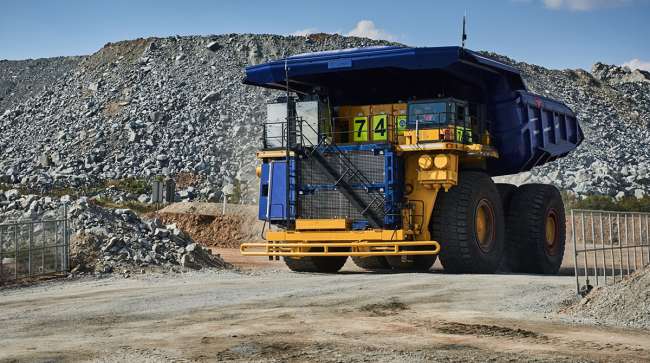
Opportunities in emerging markets: Amid these challenges, emerging markets offer a glimmer of hope. Africa and Asia, with their burgeoning middle-class populations, present significant opportunities for diamond demand recovery. Anglo American’s strategic investments in these regions aim to capitalize on their growth potential while diversifying away from traditional markets.
Challenges in the Iron Ore market: BHP, the world’s largest mining company by market capitalization, has been grappling with a downturn in the iron ore market.
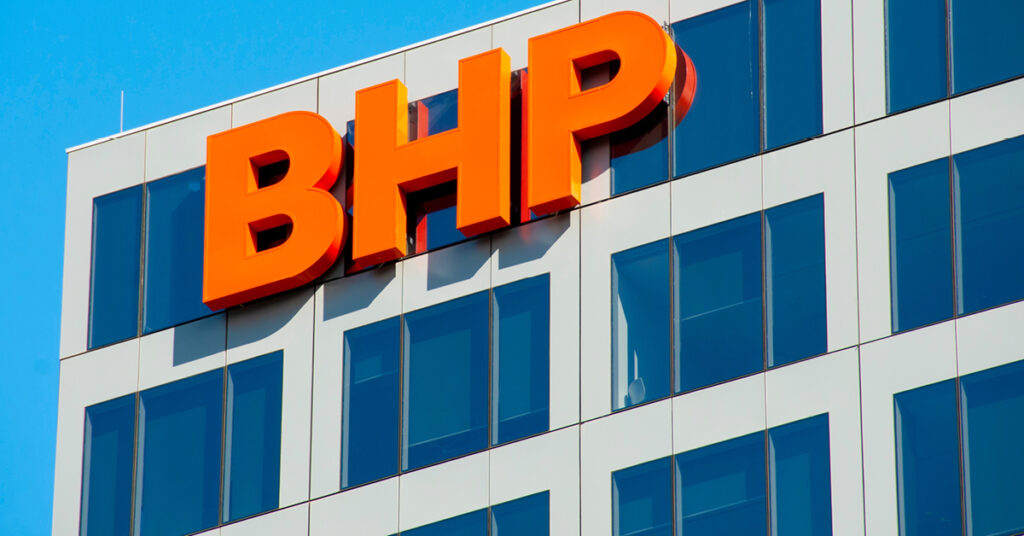
Declining prices, stemming from oversupply and weakening demand in key markets like China, have significantly impacted revenue. In 2020, BHP’s iron ore production declined by 5 percent, compounding financial strain.
Shift to Copper and Nickel
To mitigate reliance on iron ore, BHP has shifted focus to copper and nickel, essential components in renewable energy systems and electric vehicles.
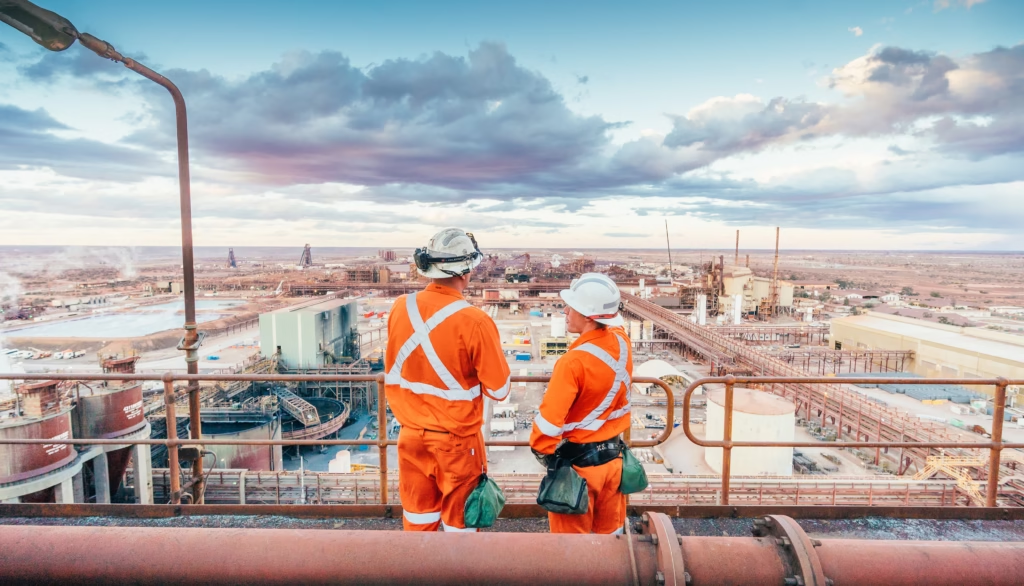
The company’s investment in new copper mines in South America and nickel projects in Australia underscores its strategic pivot. These metals, with growing demand driven by the green energy transition, offer promising revenue streams for the future.
Investments in renewable energy
BHP’s commitment to sustainability is evident in its investments in renewable energy. The company has partnered with renewable energy providers to power its mining operations, reducing greenhouse gas emissions and aligning with global climate goals.
This strategy not only addresses environmental concerns but also helps lower operational costs in the long term.
- Rio Tinto
Challenges in the Aluminum market: Rio Tinto, a leading aluminum producer, faces significant headwinds in this segment. Declining aluminum prices and rising energy costs have strained profitability. Additionally, geopolitical tensions have disrupted supply chains, further complicating operations.
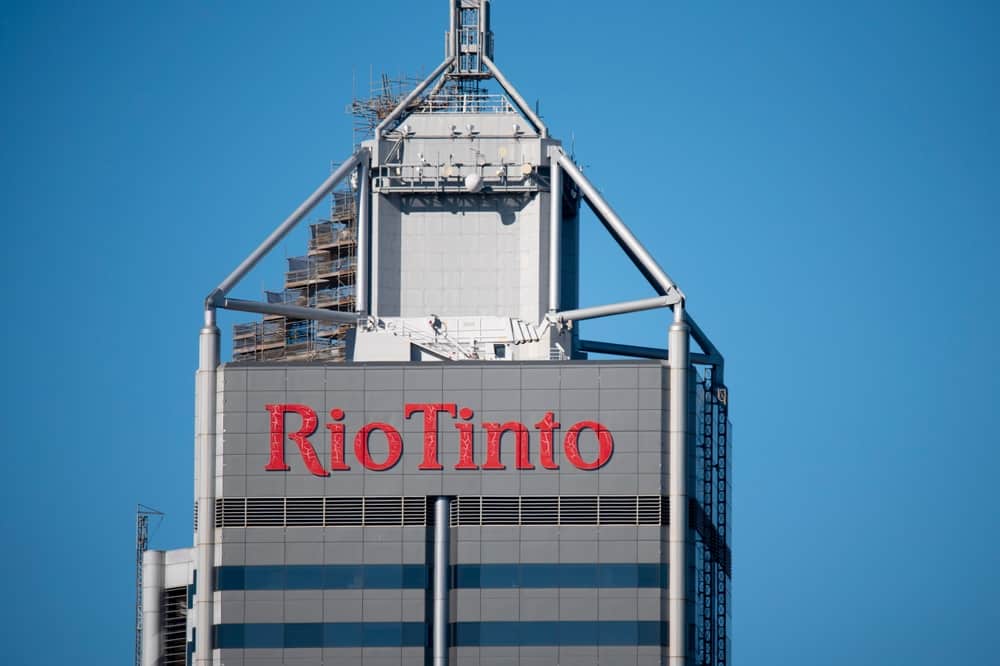
Focus on Copper and Gold: In response, Rio Tinto is increasing its focus on copper and gold. Copper’s critical role in renewable energy and gold’s status as a safe-haven asset during economic uncertainty make them attractive targets. Rio Tinto’s expansion of its copper mines in Mongolia and gold projects in Canada highlights its strategic shift.
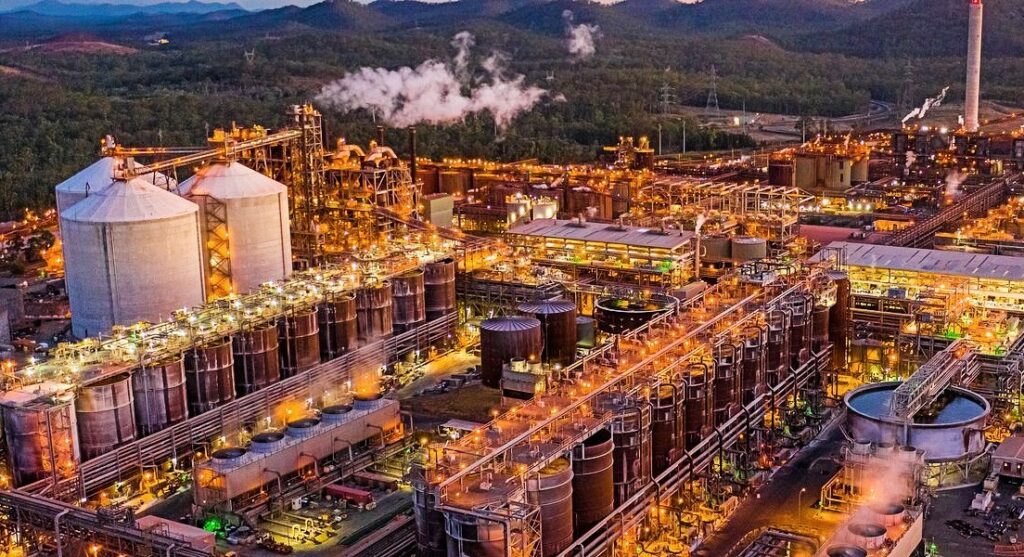
Investments in Autonomous mining: Innovation is at the forefront of Rio Tinto’s response to market challenges. The company’s investment in autonomous mining technology aims to improve efficiency and safety while reducing costs. Automated trucks, drills, and remote monitoring systems are transforming its operations and setting new industry standards.
- Glencore
Challenges in the coal market
Glencore, one of the world’s largest coal producers, is grappling with declining coal prices and increasing environmental opposition.
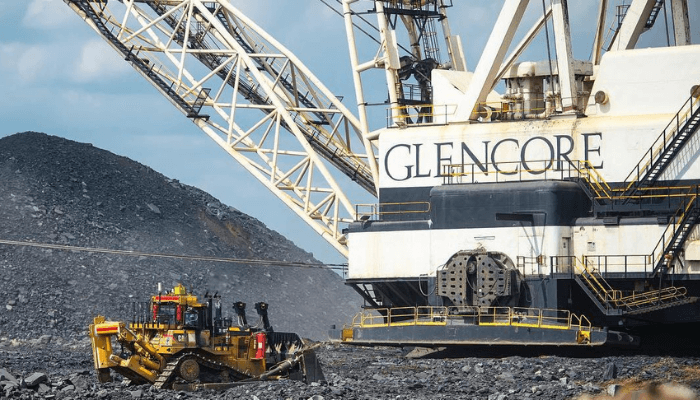
Global efforts to phase out coal in favor of cleaner energy sources have reduced demand, leading to a 15 percent drop in Glencore’s coal production in 2020.
Focus on Copper and Cobalt: In light of these challenges, Glencore is doubling down on copper and cobalt, metals essential for batteries and electric vehicles. The company’s extensive operations in the Democratic Republic of Congo position it as a key supplier in the transition to renewable energy technologies.
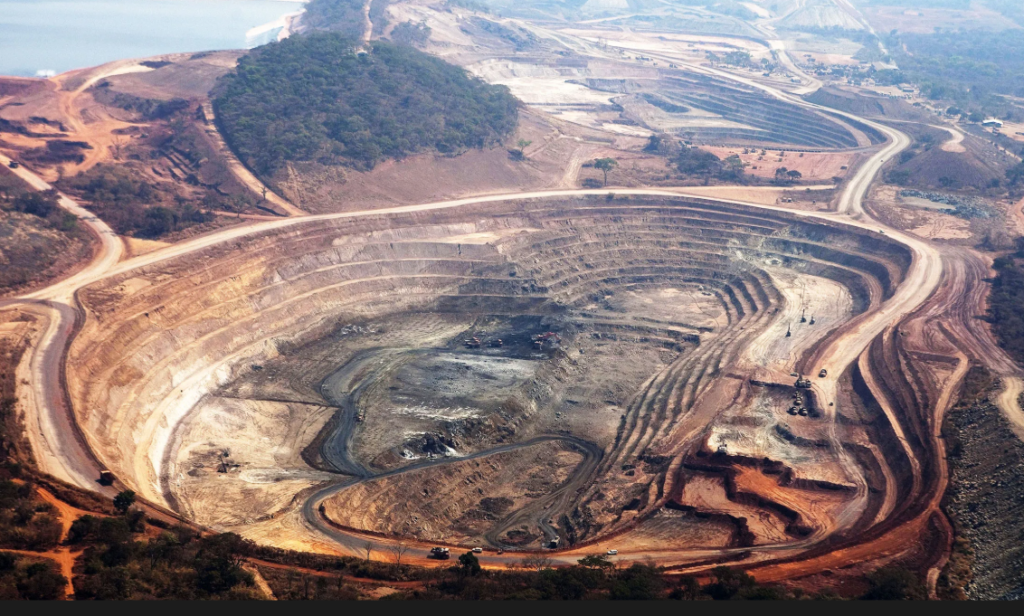
Investments in renewable energy: Glencore is diversifying its portfolio with investments in renewable energy projects, including solar and wind power. This shift reflects its commitment to reducing its carbon footprint and aligning with global sustainability trends, ensuring long-term viability in an evolving energy landscape.
- Vale
Challenges in the Iron Ore market: Vale, a Brazilian mining giant, faces similar challenges in the iron ore market as BHP. Declining prices, coupled with operational disruptions from safety concerns and dam failures, have tarnished its reputation and financial performance.
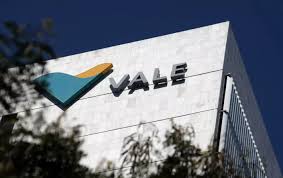
Focus on Copper and Nickel: Recognizing the need for diversification, Vale is investing heavily in copper and nickel projects. These metals are crucial for green technologies, positioning Vale to benefit from the global push for decarbonization.
Investments in Autonomous mining: Like Rio Tinto, Vale is embracing autonomous mining technology. Its use of automated trucks and remote monitoring systems enhances operational efficiency and safety, signaling a forward-thinking approach to modern mining challenges.

